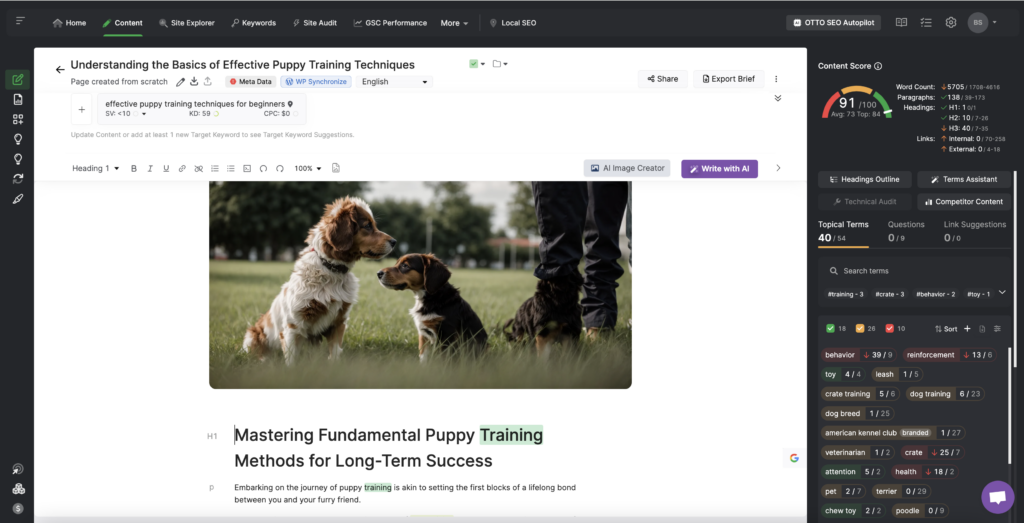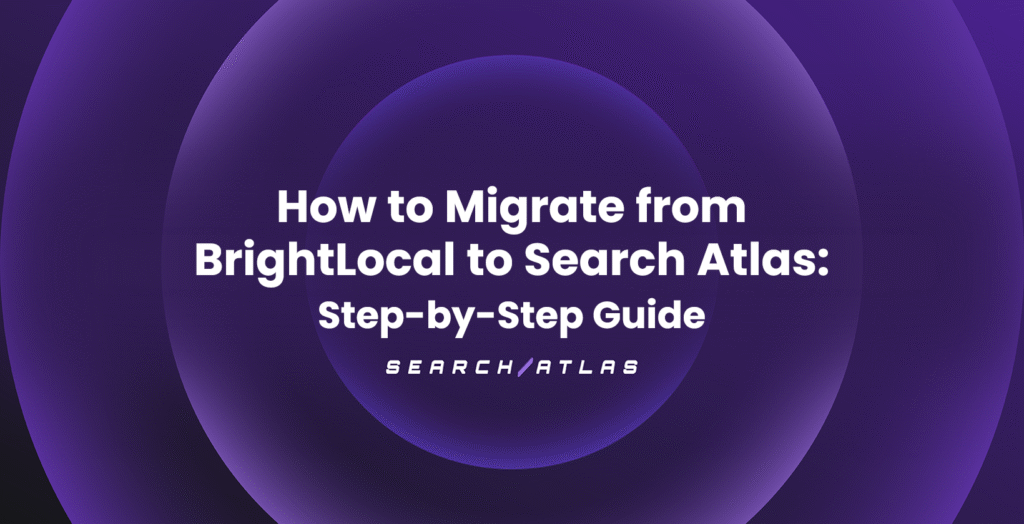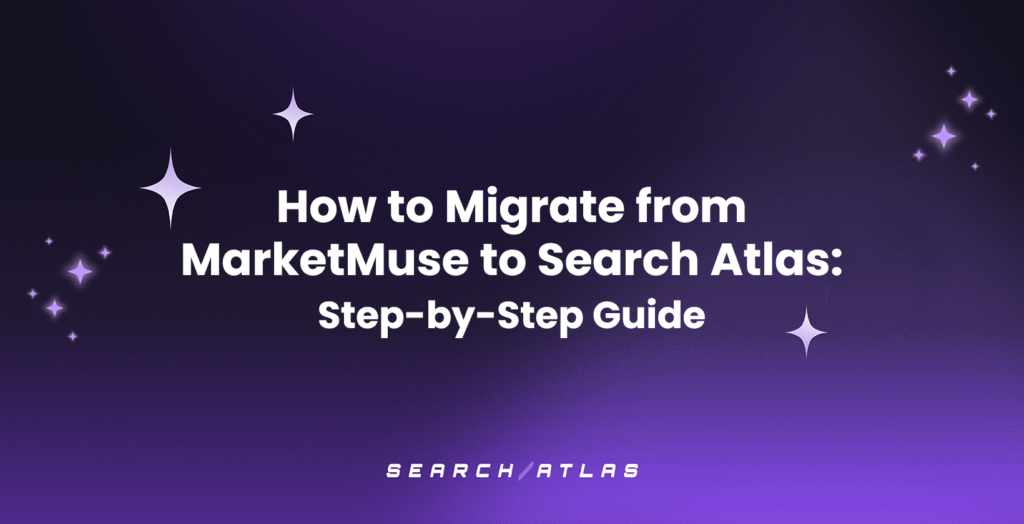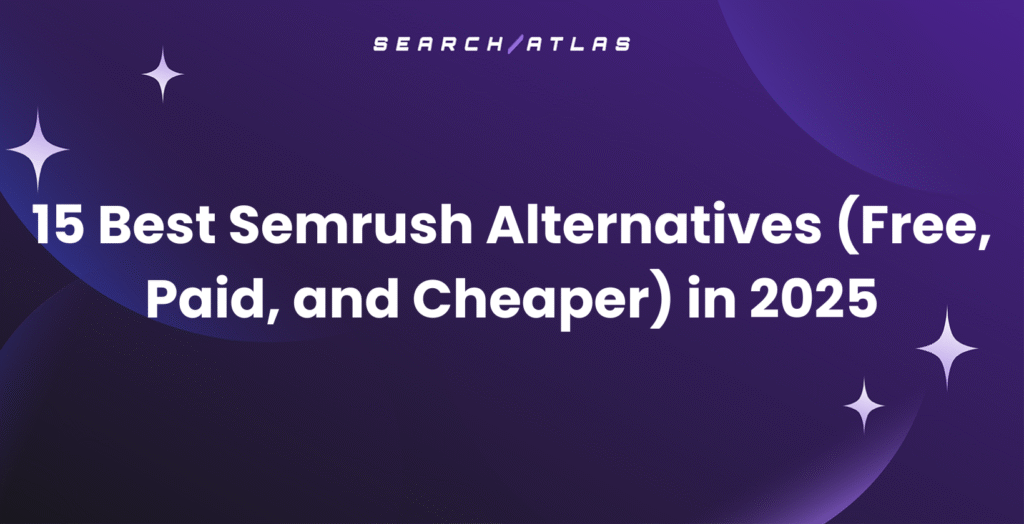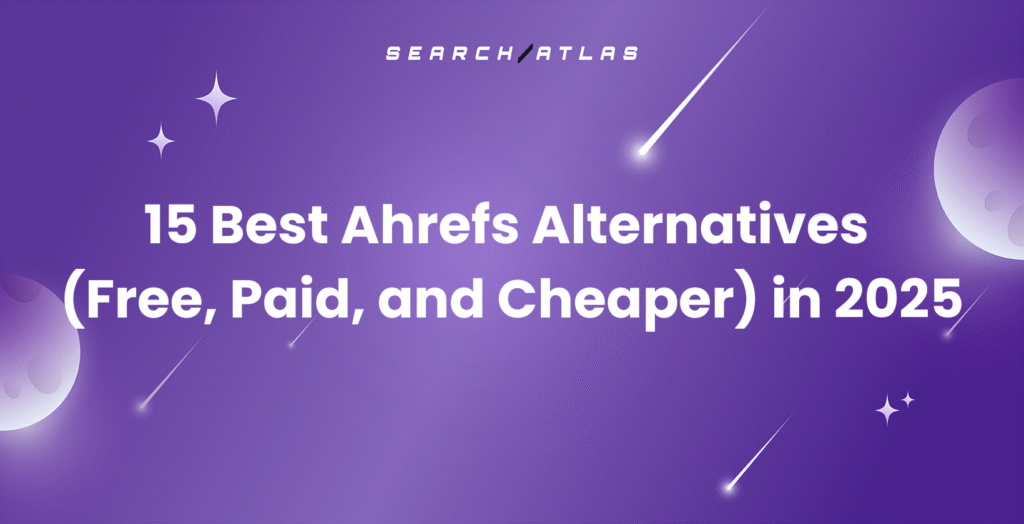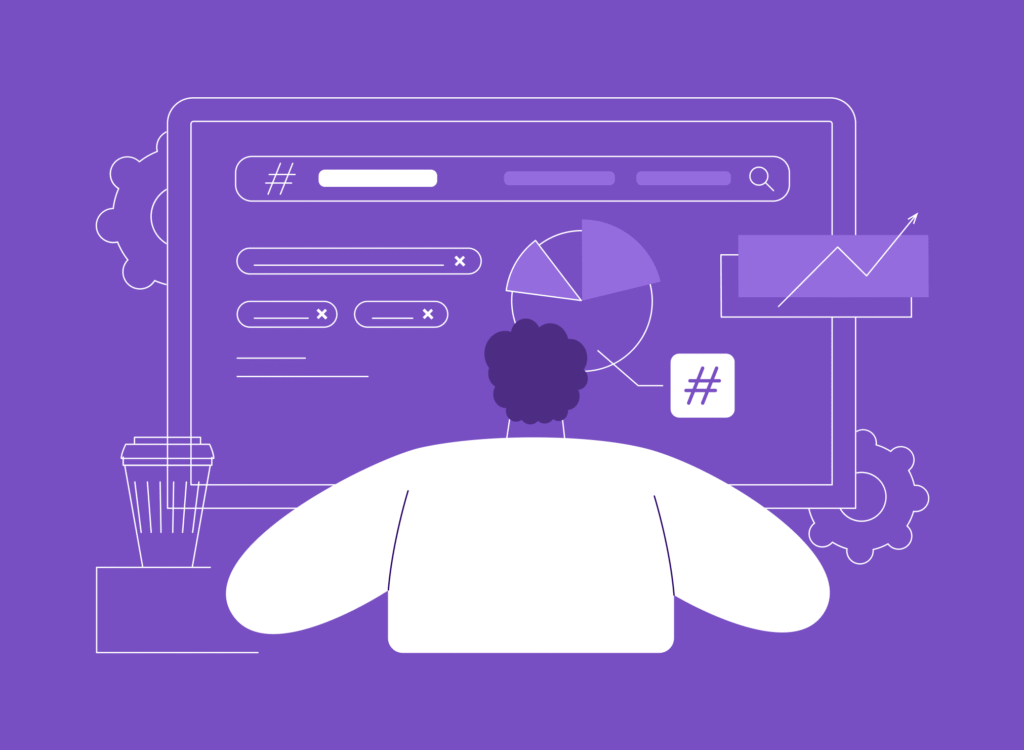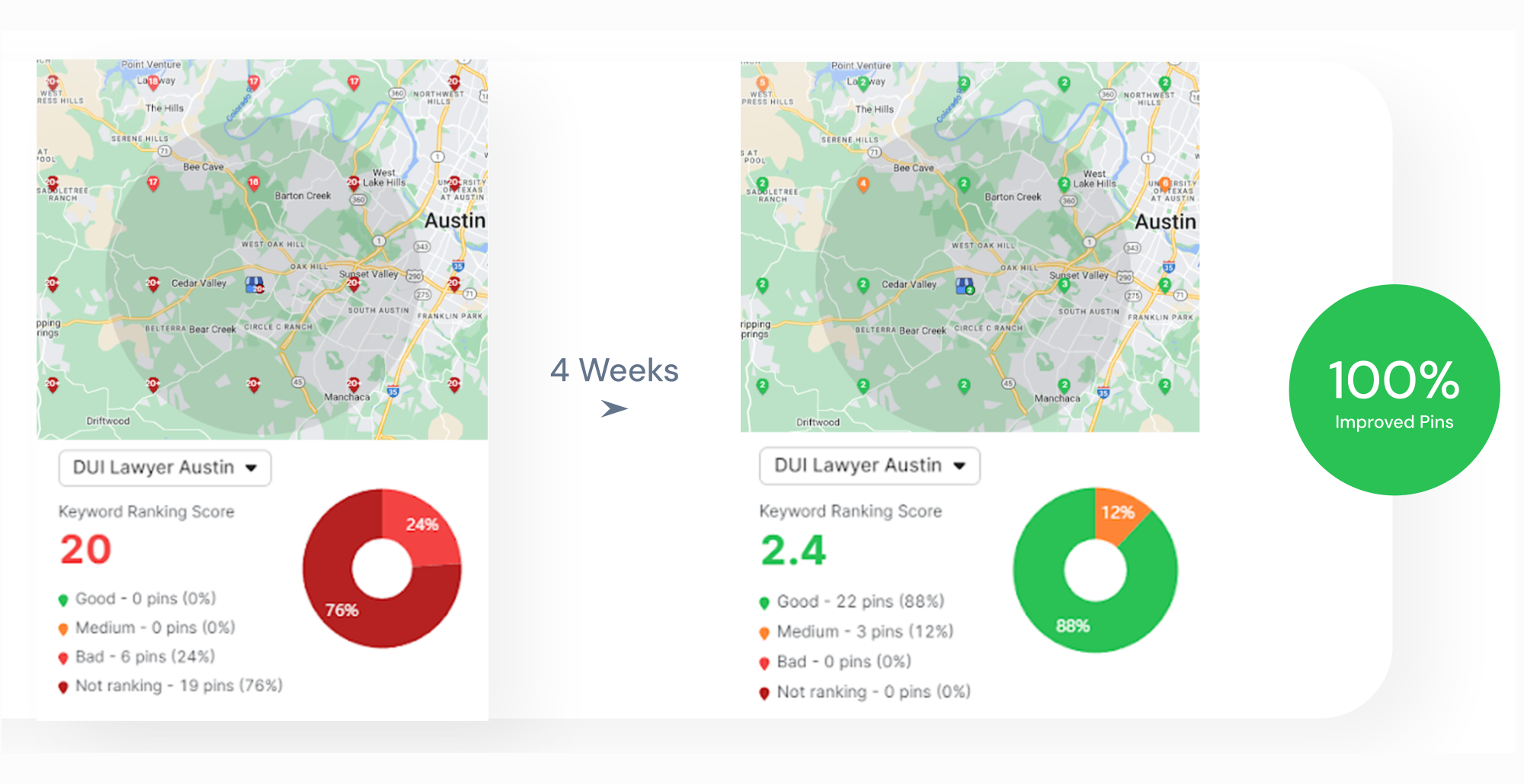You’ve probably heard of content marketing. You’ve definitely heard of advertising. But content advertising? That one doesn’t get as much attention.
It’s not just another buzzword, it’s a powerful strategy that blends the best of both worlds. Content ads help businesses get their high-quality content in front of the right audience faster and with more impact than organic reach alone. 📈
What makes marketers reluctant to try this strategy is often the time it takes to set up ads (especially Google Ads). If that’s what’s stopping you, look into the newest AI tool, OTTO Google Ads which automates the entire process.
Now let’s break down what content advertising is, how it works, and why it might be the missing piece in your marketing strategy.
What Are Content Ads?
Content advertising is all about paying to get your content seen by the people who will find it most valuable. Instead of only relying on organic channels like SEO, social media, or email marketing, you use PPC tools for paid ads to give your content a major boost.
Think of it this way: content marketing is like planting a tree and waiting for it to grow, while content advertising is like giving it a boost with fertilizer and sunlight. You’re still sharing valuable content—blog posts, ebooks, videos, reports, but you’re using platforms like Facebook Ads, LinkedIn Ads, Google Ads, or Bing to make sure the right people see it sooner.

When Marketers Use Content Ads
Marketers don’t just throw money at content ads for the sake of it, they use them strategically.
Here are some key situations where content advertising makes perfect sense:
- Launching Something New: You’ve just published a killer blog post, report, or video and want to get it seen immediately? Ads help get it in front of the right people, fast.
- Promoting High-Value Stuff: Ebooks, whitepapers, and webinars often need a push to generate leads. Ads help attract the right audience and increase downloads or sign-ups.
- Bringing People Back: Not everyone buys or signs up on the first visit. Content ads can bring people back by promoting helpful content related to what they already viewed. It’s like a gentle reminder: “Hey, remember this? Here’s something else you might like!”
- Giving SEO a Helping Hand: While waiting for a blog post to rank naturally on Google, ads can drive traffic and engagement. This extra attention may lead to more shares, backlinks, and eventually, better search rankings.
- Rescuing Underperforming Content: If a piece of content isn’t gaining traction organically, paid promotion can give it a second chance to reach the right audience.
- Reaching a Specific Group: Organic reach can be unpredictable, especially for niche industries. Content ads let marketers target specific demographics, interests, and behaviors.
Content Advertising vs. Content Marketing
Content advertising and content marketing both focus on sharing valuable content, but they take different approaches.
Content marketing is about creating and promoting content through unpaid channels. This includes AI SEO, social media, and email marketing. The goal is to attract, educate, and build trust with an audience over time.
Content advertising is about paying to promote content so it reaches more people, faster. Instead of waiting for organic traffic to grow, businesses use ads on platforms like Google, Facebook, or LinkedIn to get their content in front of a targeted audience.
The key difference? Content marketing relies on free methods to drive traffic and engagement, while content advertising amplifies content reach with paid promotion. Most brands use both together—organic strategies for long-term growth and paid ads for immediate results.
Content Advertising vs. Native Advertising
Content advertising and native advertising might seem similar since both use paid promotion, but they work in different ways.
Content advertising promotes a piece of content—like a blog post, video, or ebook—through paid channels. The goal is to drive traffic to valuable content that educates or informs the audience. These ads often appear on social media platforms, Google Ads, or sponsored placements.
Native advertising is a type of paid ad that blends in with the platform it’s on. These ads look like regular articles, videos, or social media posts, but they are actually paid placements. Think of “Sponsored” or “Promoted” posts you see on news websites or social feeds. The goal is to match the format of organic content so it feels less like an ad.
The main difference? Content advertising promotes content to drive traffic, while native advertising is designed to blend in with the surrounding content. Both use paid placements, but content ads focus on leading users to a specific piece of content, while native ads focus on fitting in naturally with the platform.
In short, ask yourself:
- Does the ad clearly look like an ad and direct me somewhere else to see the content? If yes, it’s likely Content Advertising.
- Does the ad look and feel just like the other stuff on this platform, and it is the content itself? If yes, it’s likely Native Advertising.
Why Would You Pay to Drive Traffic To Your Content?
Content advertising isn’t just about getting more clicks, it’s about getting the right people to engage with your content.
Here’s why marketers use it:
- Faster Results: Organic traffic takes time to grow. Content ads get your content in front of your audience immediately.
- Highly Targeted Reach: You can choose exactly who sees your content based on demographics, interests, and behaviors.
- More Engagement and Leads: Whether it’s a blog post, ebook, or video, content ads drive more traffic, sign-ups, and conversions.
- Stronger SEO Performance: More visits, shares, and backlinks from paid exposure can help content rank better in search engines over time.
- Increased Brand Awareness: Even if people don’t convert right away, content ads introduce them to your brand and build familiarity.
- Better ROI on Content Efforts: Instead of hoping content performs well organically, ads help maximize its reach and effectiveness.
Channels You Can Use for Content Advertising
There are several platforms where you can run content ads, each with its own strengths.
Here are the most common channels:
- Google Ads: Promotes content through search ads, display ads, and YouTube ads, helping you reach users actively searching for related topics.
- Facebook and Instagram Ads: Great for targeting specific audiences based on interests, behaviors, and demographics.
- LinkedIn Ads: Ideal for B2B content promotion, reaching professionals based on industry, job title, and company size.
- Twitter Ads: Helps boost engagement and drive traffic to blog posts, reports, or videos within trending conversations.
- Pinterest Ads: Useful for promoting visual content like infographics, guides, and how-to articles.
- Reddit Ads: Allows you to target niche communities interested in specific topics.
- Native Advertising Platforms (Taboola, Outbrain, etc.): Places content ads on news sites and blogs to blend in with organic articles.
Each platform works differently, so the best choice depends on your content, audience, and marketing goals.
Set Up a Campaign Easily with OTTO Google Ads
One of the biggest pain points for people using Google Ads is the sheer complexity and time it takes to set up campaigns. Between choosing the right keywords, crafting ad copy, and optimizing ad groups, it can quickly become overwhelming, especially if you’re trying to promote something as important as your content.
Enter OTTO Google Ads, an AI-driven tool designed to simplify this process and maximize your return on investment.
What is OTTO Google Ads?

Tired of wrestling with Google Ads? OTTO Google Ads is an AI tool that builds your campaigns for you.
It’s designed to make your Google Ads more cost-effective, and it does it by automating the whole thing. OTTO uses smart AI from Search Atlas to understand your website, figure out the best way to run your ads, and then it gets to work.
It organizes everything, chooses the right keywords, and even writes compelling ad copy that’s all about hitting your business goals.
How to Activate OTTO Google Ads
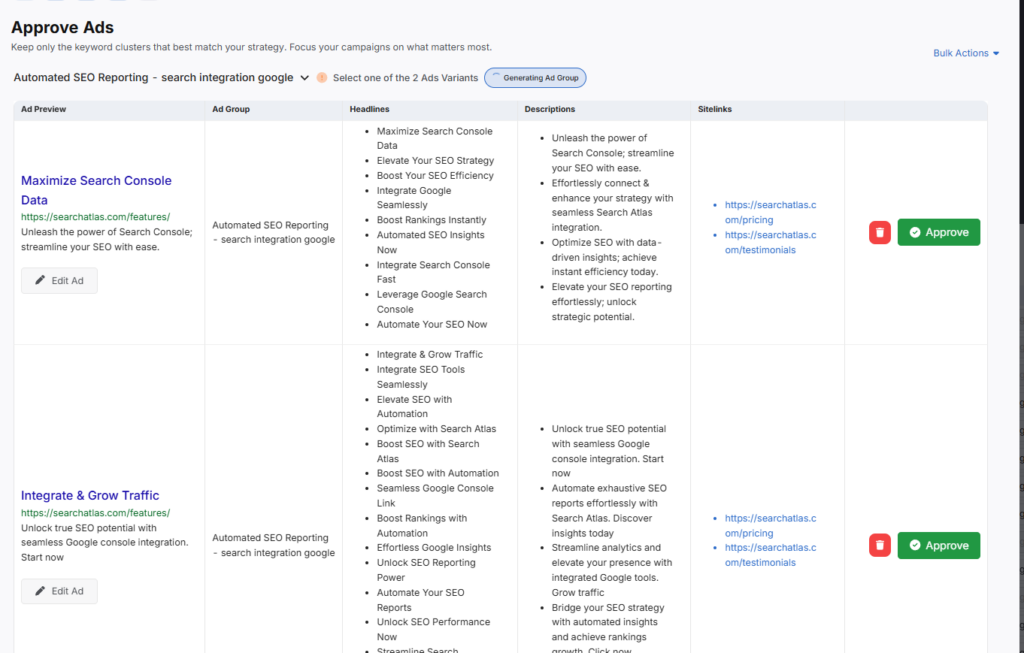
Getting started with OTTO is straightforward:
- Add Your Website: Begin by adding your website to the OTTO dashboard.
- Link Your Google Ads Account: Connect your Google Ads account within the OTTO platform to grant the AI access to necessary data.
- AI Analysis and Campaign Creation: Once connected, OTTO’s AI analyzes your website and automates the creation of optimized campaigns, ad groups, keywords, and ad copies. This automation delivers high-performing Google Ads campaigns with minimal effort.
Benefits of Using OTTO Google Ads
Got blog posts, ebooks, videos, or webinars you want to promote? Let OTTO handle the grunt work! It automates keyword selection, builds optimized ad groups, and even writes engaging ad copy, all on its own.
Here’s why you’ll love it:
- Efficiency: Setting up campaigns used to be a chore. OTTO automates the whole thing, saving you tons of time and effort.
- Optimization: OTTO uses AI to figure out the best keywords and write ad copy that actually grabs attention. This means your ads are more relevant and get more clicks!
- Performance: OTTO structures your campaigns and ad groups for maximum impact. The result? Better conversion rates and a stronger ROI.
Make Content Advertising Easier Than Ever with OTTO Google Ads
If you’re tired of the complexity and time-consuming process of setting up Google Ads for your content, OTTO Google Ads is the game-changer you’ve been waiting for. With its AI-driven automation, you can promote your blog posts, videos, ebooks, and more—without the hassle.
OTTO simplifies campaign setup, optimizes your ad groups, and ensures your content reaches the right audience. Say goodbye to endless tweaking and trial-and-error campaigns, and hello to faster results and more efficient content advertising.
Ready to level up your content promotion? Sign up for a 7-day free trial and focus on creating amazing content, not setting up campaigns.


